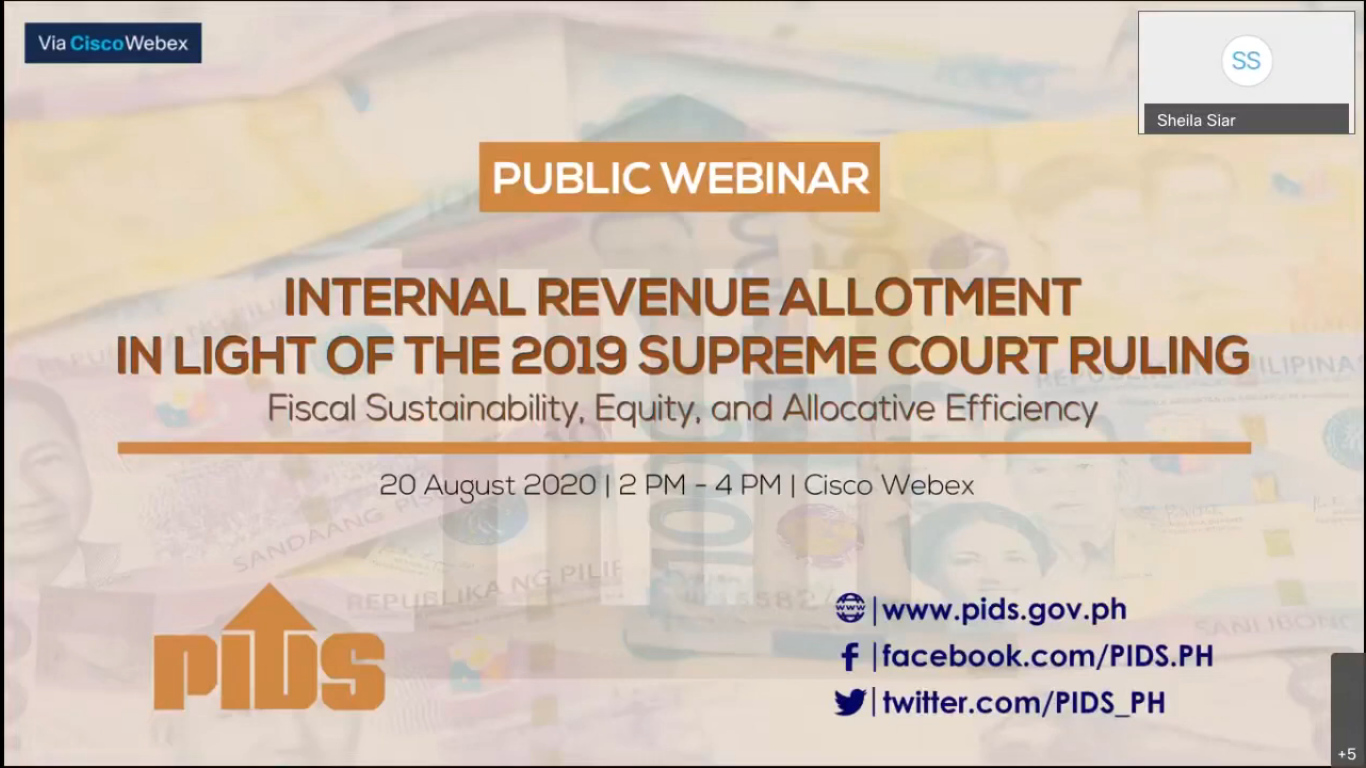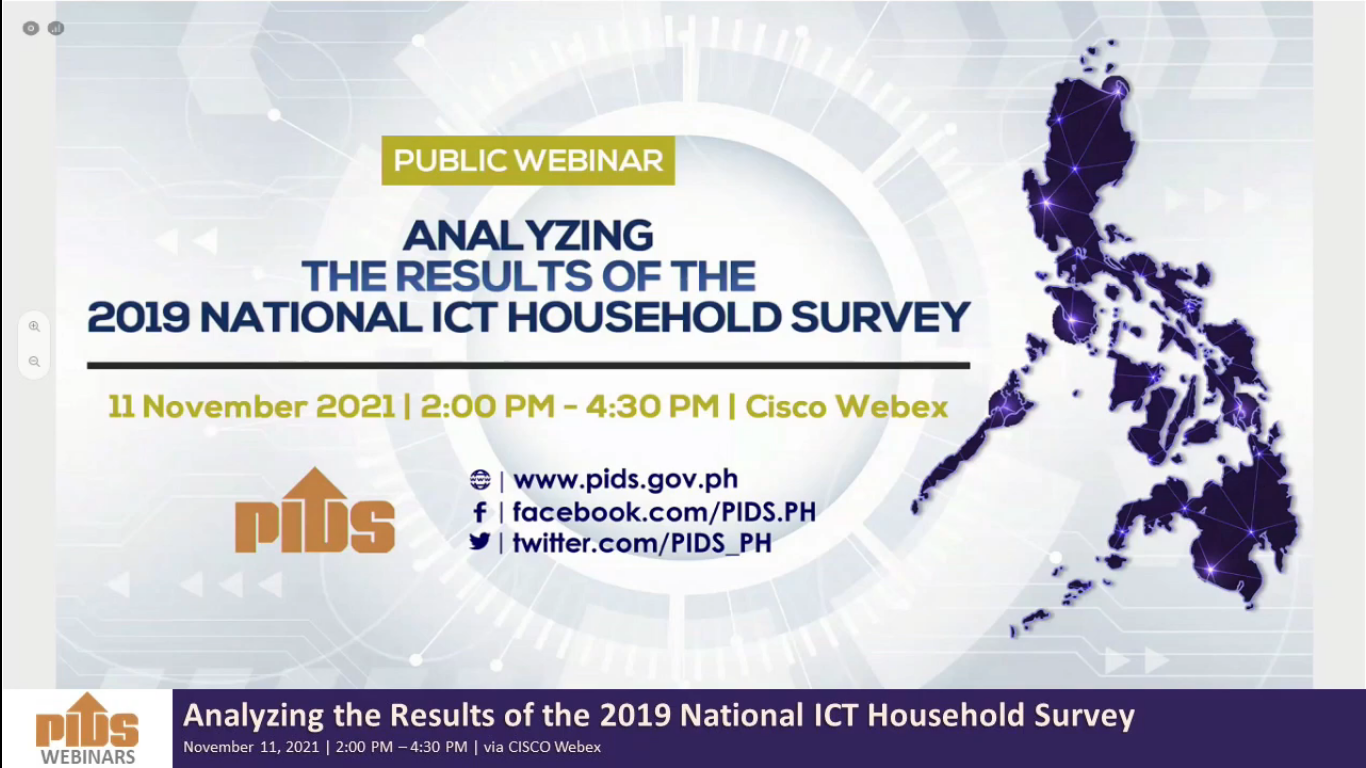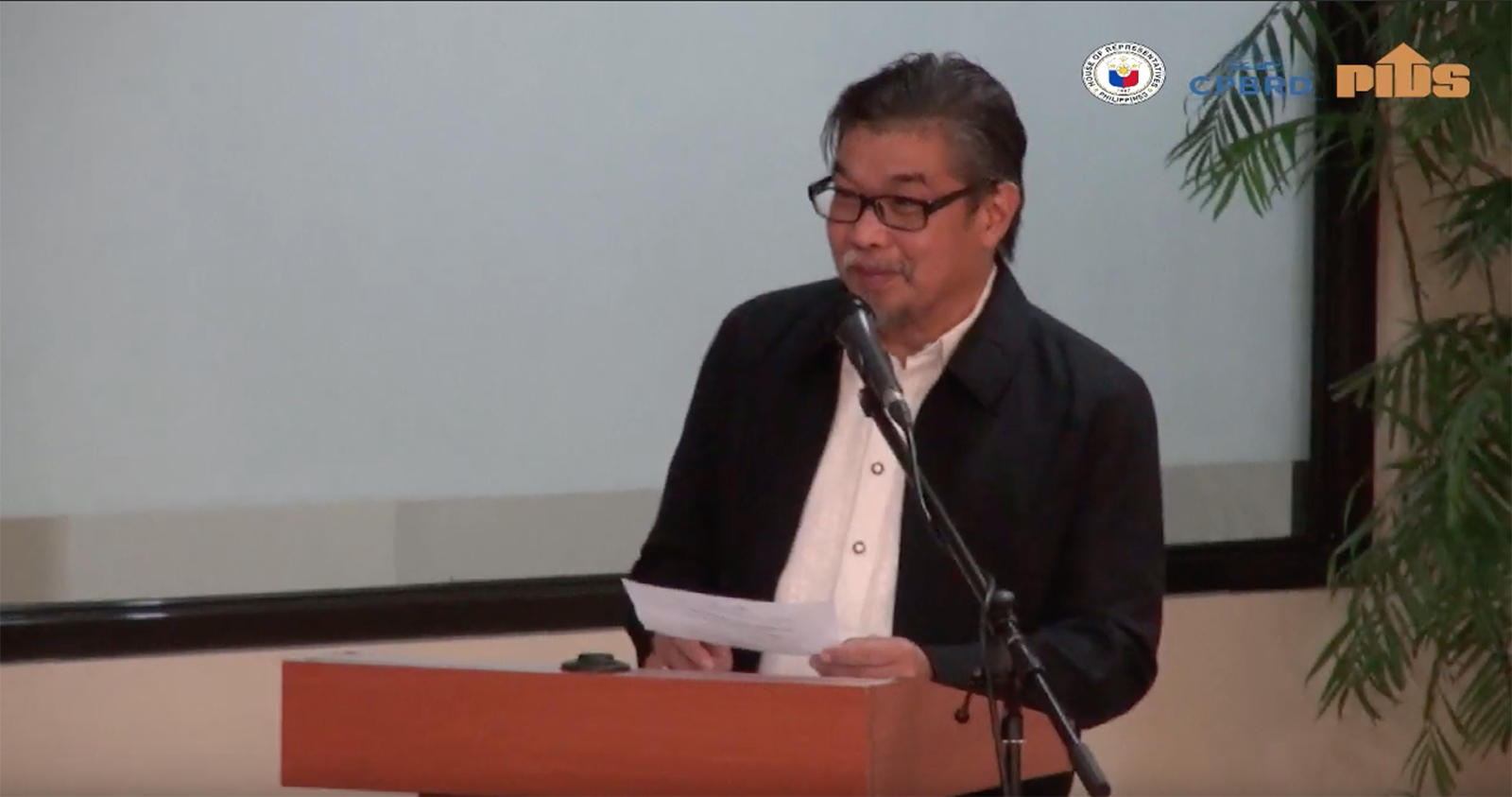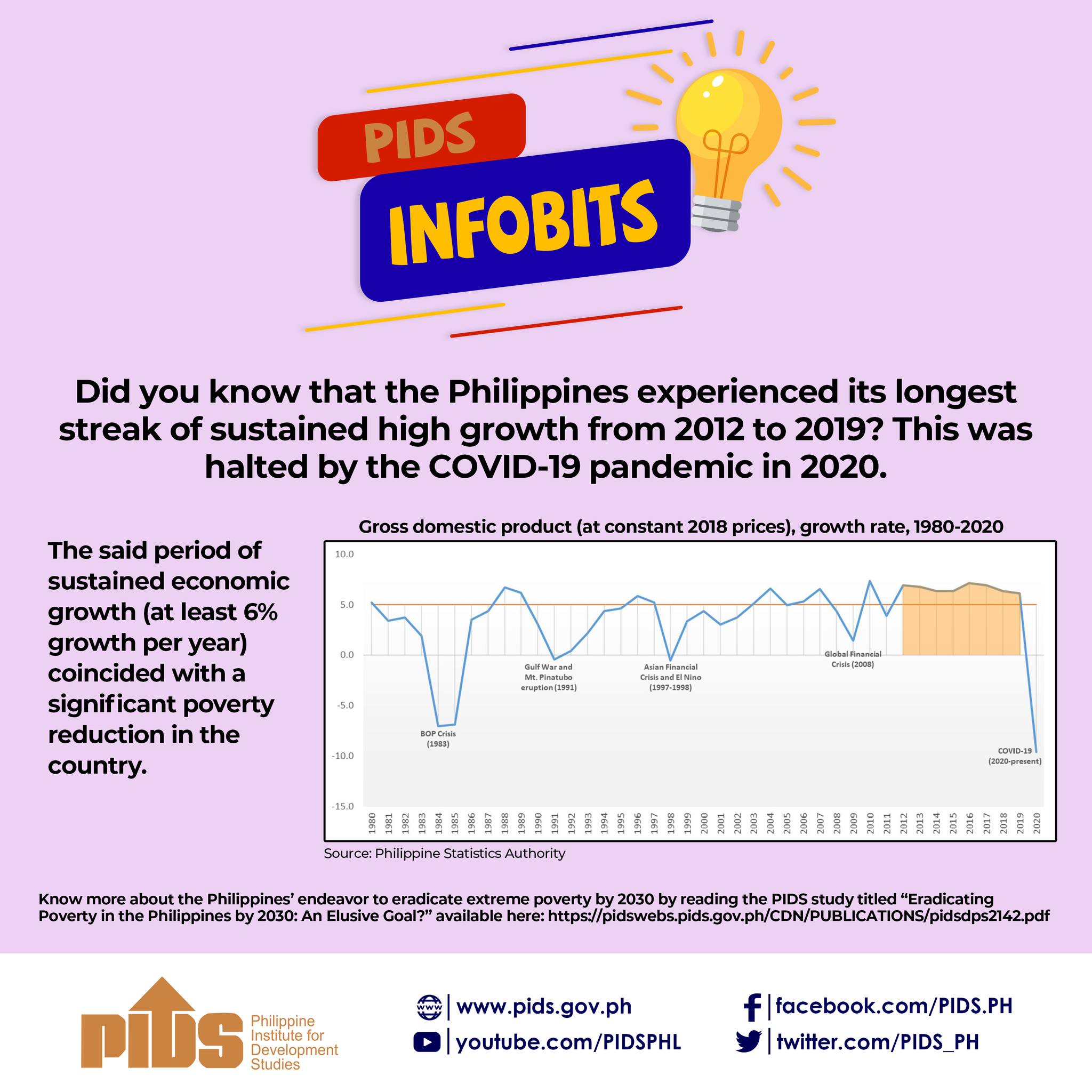Metro Manila (CNN Philippines, November 2) — The country was able to produce 79.8% of rice supply in 2019, the Philippine Statistics Authority said.
In its latest Agricultural Indicators System: Food Availability and Sufficiency report, PSA noted that this was down from the previous year’s data of 86.2%.
The agency explained that this ratio shows production in contrast to consumption, and a ratio below 100% would mean “inadequacy of food production to cope with the demand of the population.”
The PSA said the decline is due to lower share of production against higher rice imports.
It noted that for 2019, 20.2% of supply was imported, up from the previous year’s 13.8%.
In a text message, Agriculture Secretary William Dar said this was due to the impact of the Rice Tariffication Law, which forced many farmers to shift to other crops.
In 2019, total rice imports reached 2.9 million MT, making the country the world’s top rice importer, replacing China.
For this year, Dar said the target is 90-93% rice self-sufficiency. Meanwhile, the DA plans to import a total of 2.3 million MT othis year.
However, Philippine Institute for Development Studies Research Fellow Roehlano Briones told CNN Philippines the self-sufficiency target is unlikely to be achieved since the agriculture sector is still in the process of recovery.
“I am more comfortable for that prediction next year. I am not really sure this year. That is a more realistic scenario for 2021,” he said.












